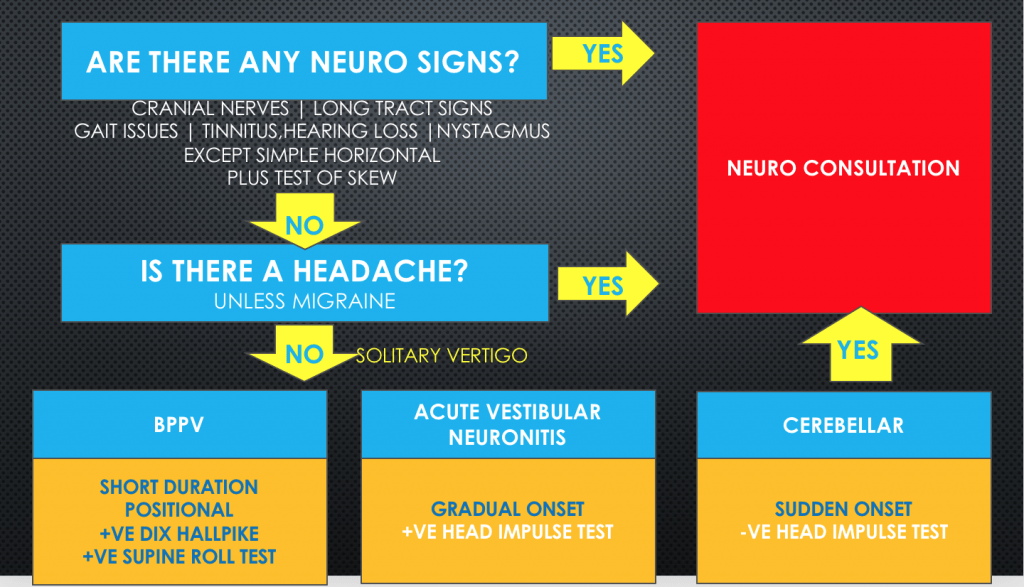
Reading the ECG, is one of the most important skills in Medicine. We are expected to read them expertly and read them quickly. In most cases we have about 20 seconds to recognise that an ECG isn’t normal. That’s why I came up with my own system: “The ECG in 20 Seconds”, because that’s really all the time we have to recognise abnormality. Now if it is abnormal, then certainly, we can spend more time reviewing it. However, if we don’t pick up the potential issues, it can be disastrous. I share the elements the system on several blogs that I’ll link below. Reading ECG’s will be straightforward if you follow a formula.
This PODCAST shares the formula I use to read ECG’s with you.
Let’s start with the basic questions:
- Is it ischaemia or arrhythmia
- This is about the history. If the patient presents with palpitations or syncope, then an arrhythmia may be more likely
- If the patient has chest pain, you may look more closely at the arterial territories of the leads and the ST segments.
- What is the rate? If its tachycardia, is it wide or narrow complex? If its bradycardia is it a junctional or a block? Are there more P’s than QRS’s: if so look for the Mobitz.
- Being able to know if the rhythm is sinus, is the first step.
- Knowing how to pick up Blocks is important, whether these are Mobitz, or triphasicular .
- What are the QRS complexes doing? Are they tall/small/wide/narrow and do they have abnormal morphology, or are they clumped?
- Is this a wide complex rhythm? Do you have differentials for a wide complex?
- Is there hypertrophy?
- Is there WPW?
- What are the ST-T segments doing? What is there morphology?
- Is it ischaemia?
- Is it pericarditis?
- Hyper/Hypokalaemia?
- Is it Wellen’s, Brugada’s
- Are there de-Winter’s T waves?
- What are the intervals doing? PR and QT?
- Prolonged PR on its own may not mean much, but with a left axis and right bundle branch block, may explain why the patient suffered syncope.
- PR depression may also be meaningful in the presence of other changes, signifying pericarditis.
- A QT interval that is too long or even short, can predispose to arrhythmias
- Are there pacing spikes?
- It’s important to look closely in all leads
- It may be a malfunctioning pacemaker causing the problem.
That’s it. Now listen to the podcast and then read some of these links. Share them.










